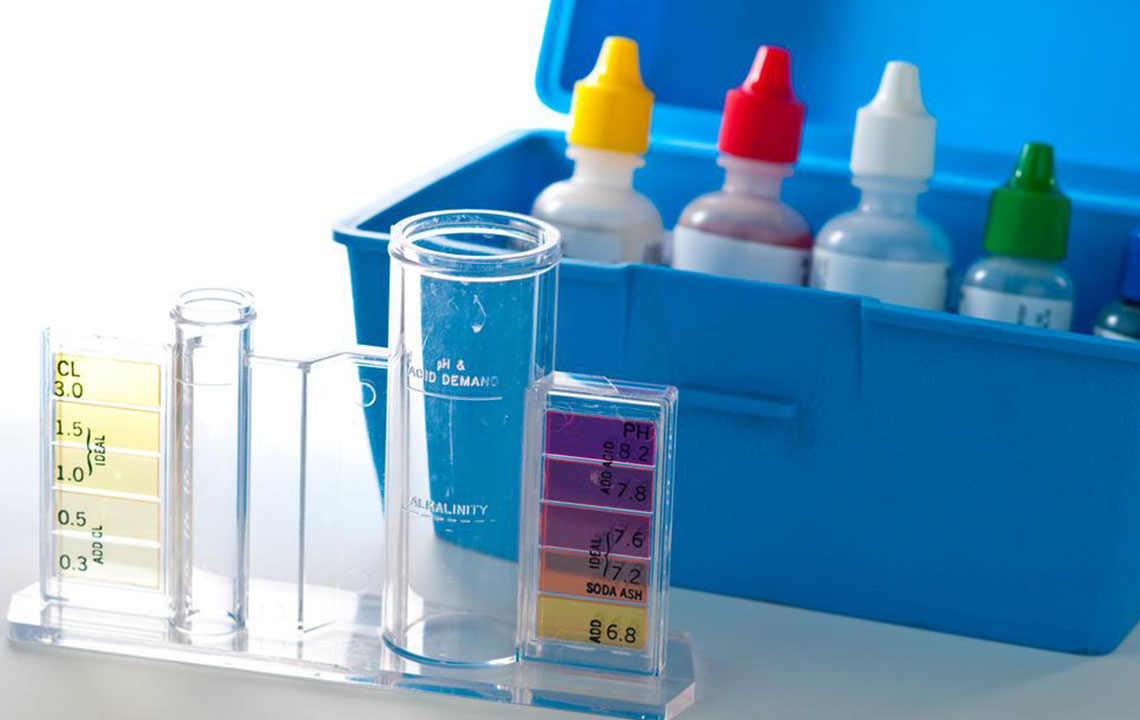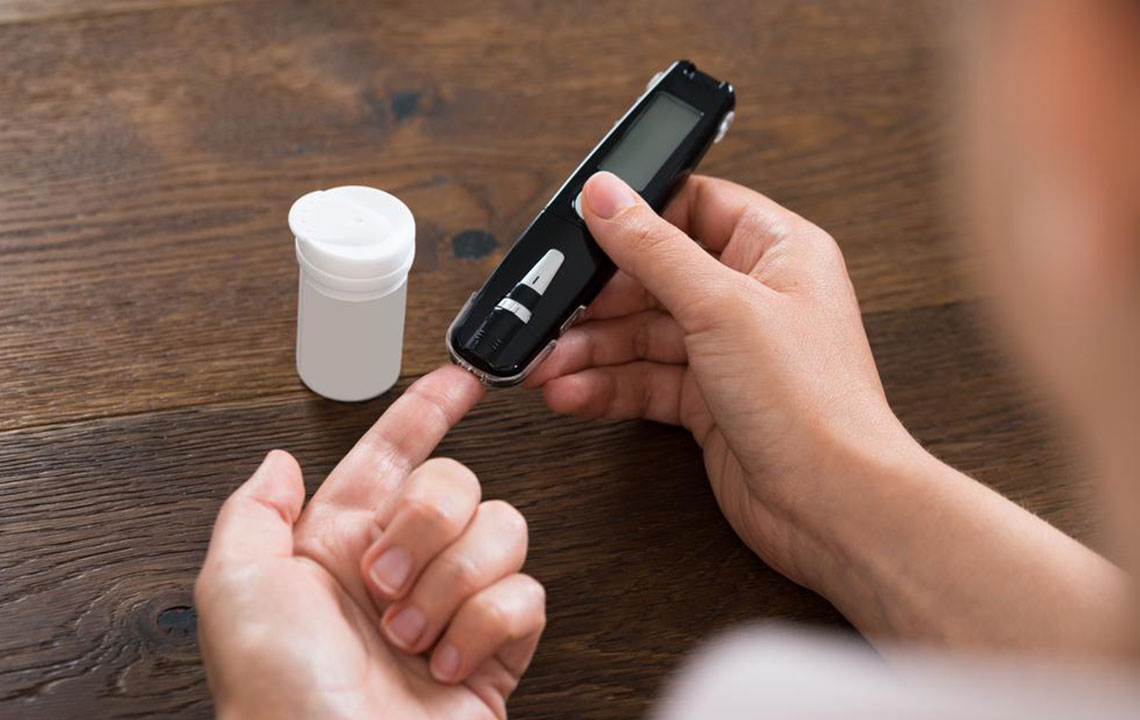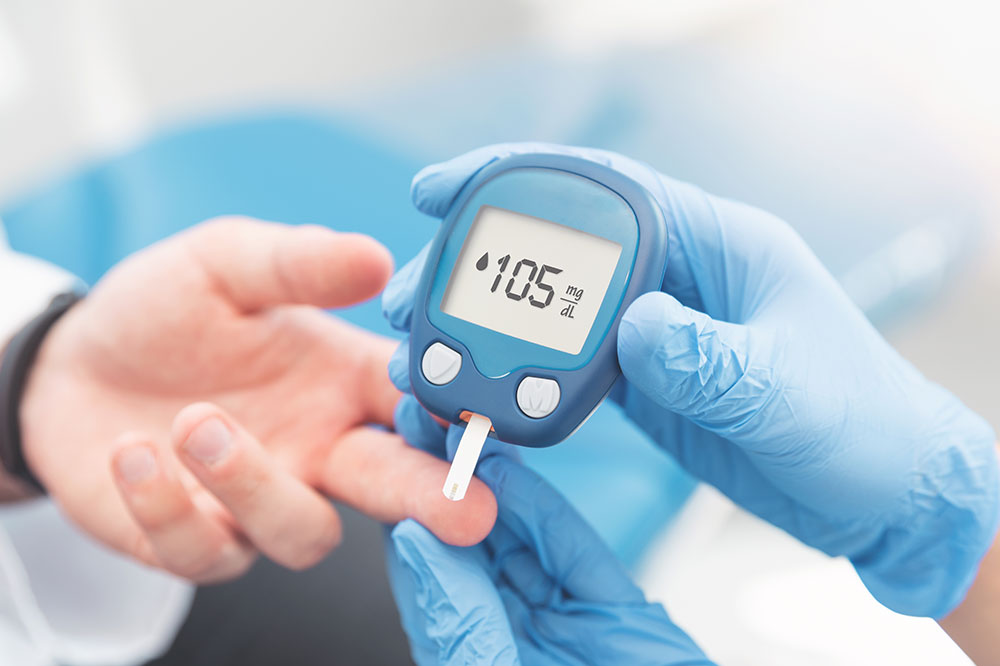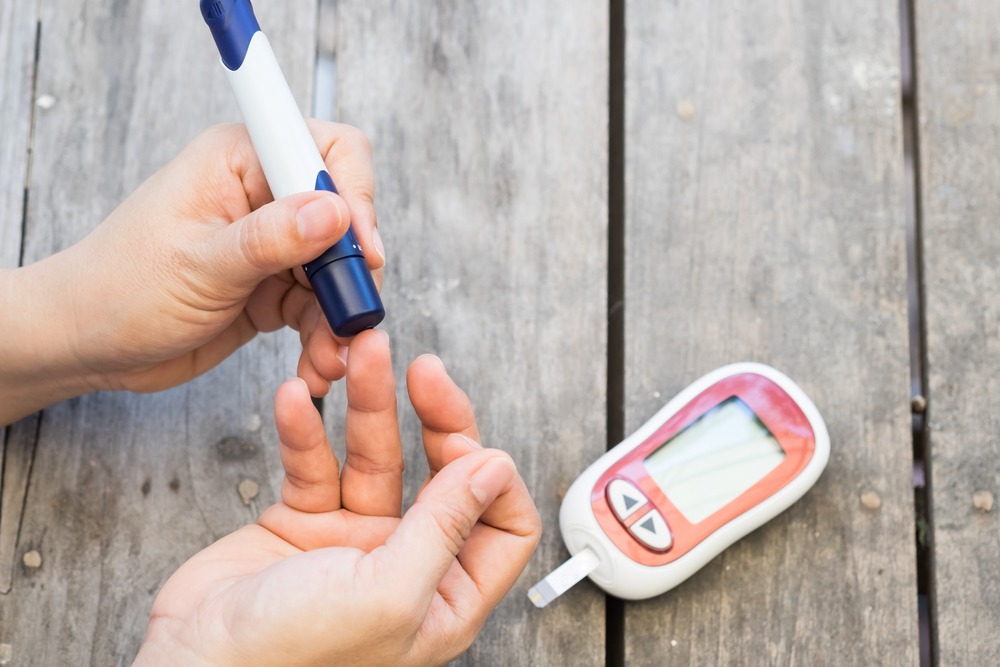Understanding the A1C Blood Test and Its Role in Diabetes Care
This article explains the purpose and significance of the A1C blood test in diabetes management. It covers testing frequency, interpreting results, and steps to control blood sugar levels. Understanding your A1C can help manage diabetes effectively and prevent complications through lifestyle and medical strategies.

Understanding the A1C Blood Test and Its Role in Diabetes Care
The A1C test measures average blood sugar levels over the previous two to three months. It plays a crucial role in diagnosing both type 1 and type 2 diabetes, as well as monitoring ongoing blood sugar control. Lower A1C values signify effective diabetes management, while elevated levels can increase the risk of complications.
Testing frequency
Initially, the A1C test helps identify diabetes.
For ongoing management, healthcare providers may recommend periodic testing based on individual needs.
People with type 1 diabetes may need testing 2-3 times annually.
Individuals with type 2 diabetes on insulin typically require at least four tests annually.
People with well-controlled blood sugar and no insulin use may need fewer tests, around twice a year. Those with prediabetes should have an A1C test at least once yearly.
Understanding the results
The test assesses hemoglobin in red blood cells, which live around three months. Therefore, even current normal blood sugar levels can reflect past high or low levels. Maintaining lower A1C levels is essential for those with diabetes.
Diabetes progression can be indicated by A1C levels:
Below 5.7% is considered normal.
6.5% or higher suggests diabetes.
Between 5.7% and 6.4% indicates prediabetes.
Target A1C levels should be personalized, as optimal targets vary among individuals with diabetes.
Managing A1C levels
High A1C readings reflect poor blood sugar control, prompting healthcare providers to recommend lifestyle changes such as:
Diet modifications
Enhanced physical activity or exercise adjustments
Medication adjustments or insulin therapy










